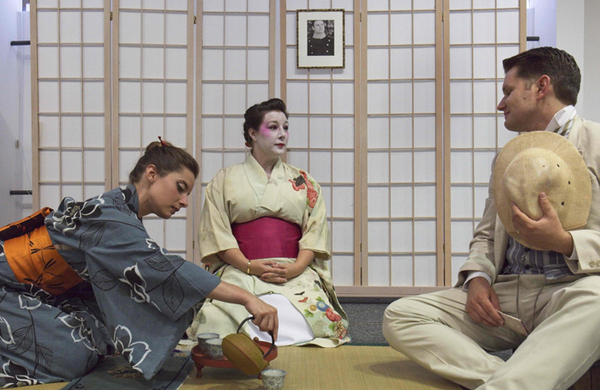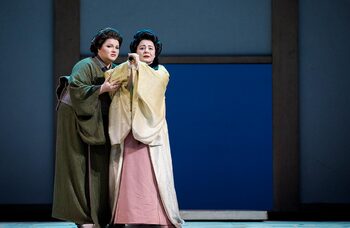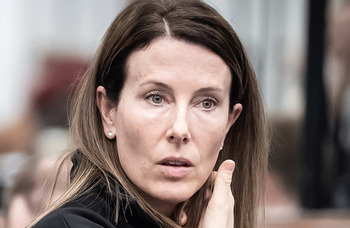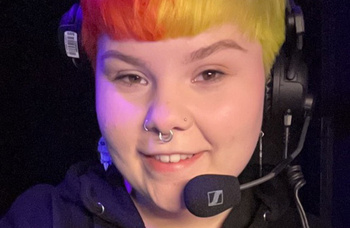Director Fumi Gomez – We don’t live in Puccini’s times, Madam Butterfly belongs to Asian performers now
A woman wearing a kimono sinks a dagger deep into her stomach. Her makeup is impressive; a thick layer of white base, with delicate patterns around the mouth and eyes. She is white and paints herself white to be perceived as Japanese. She is a white singer playing the Japanese Cio-Cio-San, protagonist of Madam Butterfly.
People will often explain this act of ‘yellowface’ (a white performer taking the role of an Asian character) as a homage to the Japanese culture. Nothing screams respect and admiration more than mimicking fashion, behaviour and skin tone. ‘Yellowface’ is defended as a necessary evil; white singers outnumber Asian ones in Western countries and are bound – they say – to have more experience and recognition from the industry, as the majority of leading roles are made for white performers.
Even though levelling the playing field for Asian singers sounds like a wonderful idea – those seeking to explain away this imbalance will continue – the crass economic reality is that very few opera houses risk giving the central role of such a masterpiece to a performer without a plethora of high-end credits under their belt. While it all looks like a closed, self-serving circle that is impossible to break, they will tell you transformation happens as there have been plenty of Asian singers taking the role of Cio-Cio-San in the last century across the world.
Another justification they give is that theatre is not reality. A wall on the stage doesn’t need to be real, it just needs to give the illusion of being a wall. A performer doesn’t need to have lived every single aspect of a character’s culture to be believable. Cio-Cio-San can be easily reduced to a thick layer of makeup, mild mannerisms and some gestures and actions learned during a workshop with a movement director (who needn’t be a Japanese native either). The rest is just presenting an adequately yellow canvas where the audience can project their own ideas of what is – and what is not – Japanese.
All of these grotesque justifications glide over the core of the problem – representation matters. Japan, China, Korea, Vietnam, Cambodia; so many Asian countries have been ravaged by war, poverty and Western exploitation during the 20th century. Generations of young men have been erased. Women have been forced to do whatever it takes to survive. Cio-Cio-San is one of them. ‘Yellowfacing’ the character sweeps all that history under the carpet and only serves the purpose of reinforcing the systemic fetishisation of Asian women.
We don’t live in Puccini’s times. Cio-Cio-San belongs to today’s Asia, and to Asian performers. Any other interpretation just contributes to the erasure of East Asian performers and characters from opera, theatre, TV and film. Asian audiences deserve to see someone like themselves playing a role that represents them. Opera and theatre should be in constant conversation with the current times. Otherwise, they become obsolete, useless museum pieces to be admired from a distance, rather than a living art form that excites the imagination and the hearts of the audience.
It’s 2020, and we’re still failing to treat ‘yellowface’ with the same seriousness we regard ‘blackface’. As theatremakers, we can do better. The audience deserves better. Cio-Cio-San deserves better.
Fumi Gomez is a theatre and film director and staff director for OperaUpClose’s new English version of Puccini’s Madam Butterfly in which Cio-Cio-San is double cast with Mariam Tamari and Karlene Moreno-Hayworth in the role. It tours the UK from February 6 at the Belgrade Theatre, Coventry
East Asian actors are severely under-represented on TV, according to major new research
Opinion
Recommended for you
Advice
Recommended for you
Most Read
Across The Stage this weekYour subscription helps ensure our journalism can continue
Invest in The Stage today with a subscription starting at just £7.99
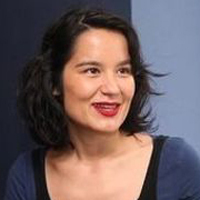 Fumi Gomez
Fumi Gomez
